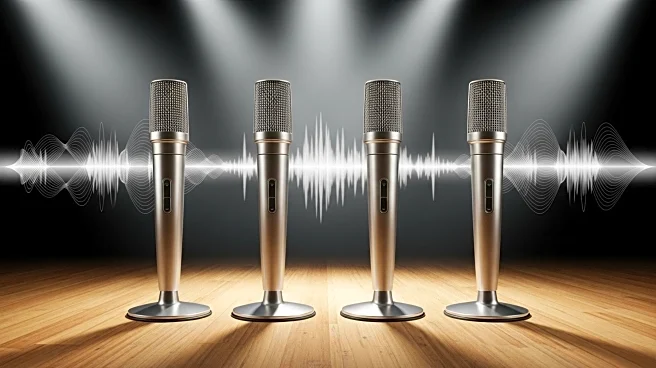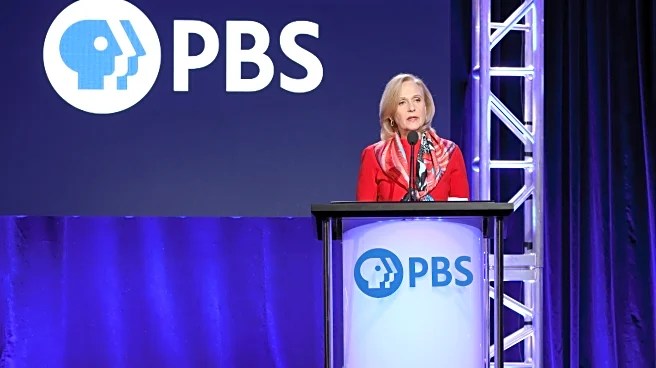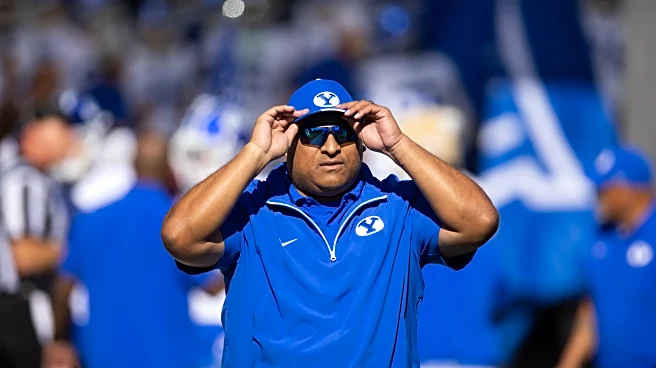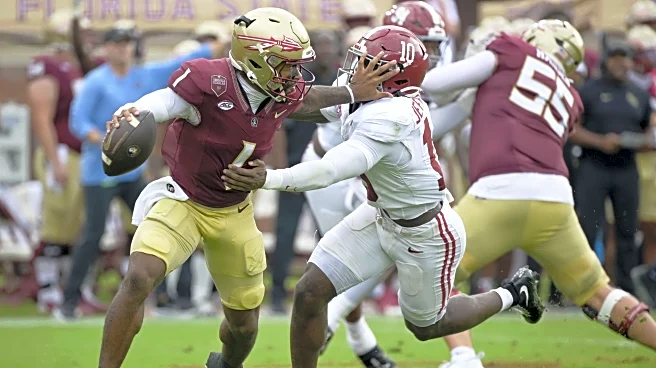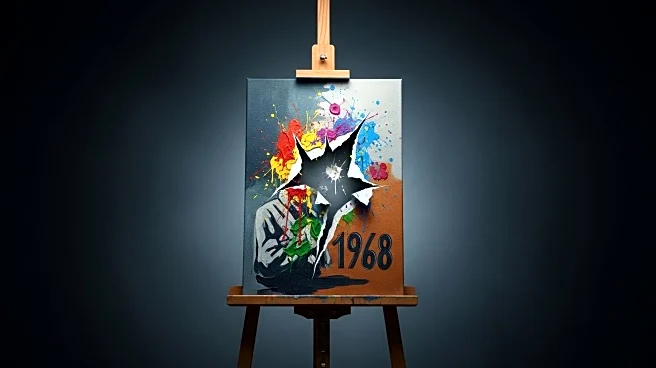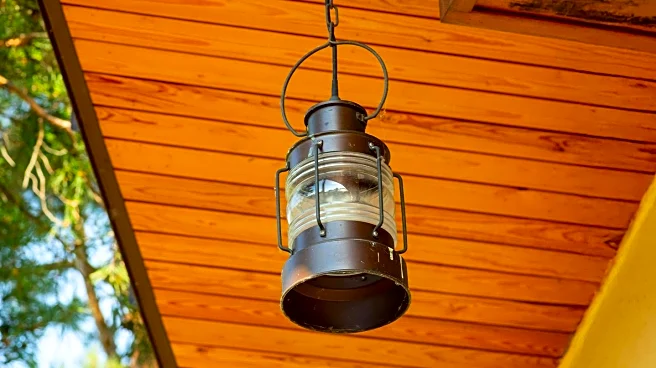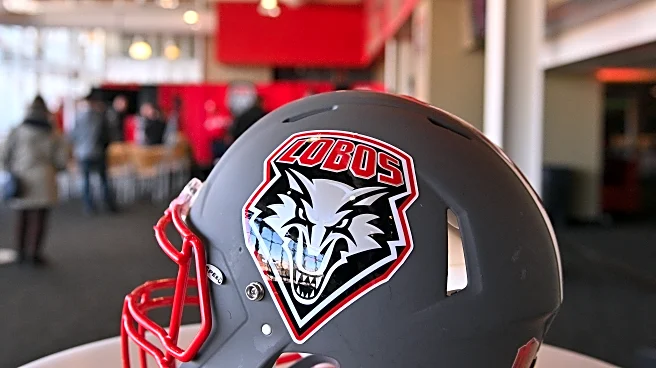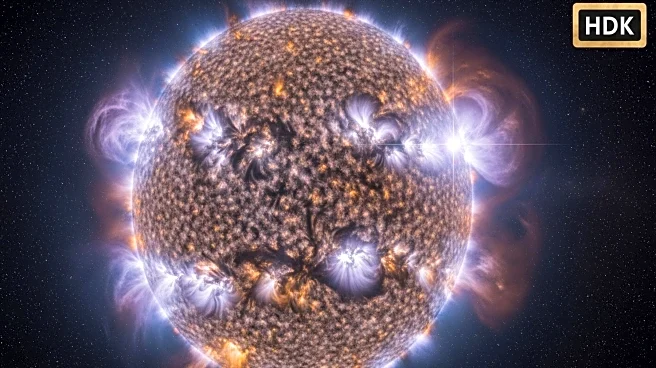What's Happening?
Hawaii Public Radio's 'Live From The Atherton' series recently showcased a performance by the musical group Quadpod. This event, part of a multi-platform series sponsored by HMSA, took place in June 2025 at the Atherton Performing Arts Studio. Quadpod, known for their expertise in bebop, hard bop, and post-bop genres, delivered a setlist that included both well-known and original compositions. The group consists of Patrick 'Paka' Whitehead on piano and keys, Mark Tanouye on bass, and Abe Lagrimas Jr. on drums. The performance was recorded live, offering a unique experience for both in-person and remote audiences. The series aims to connect and inspire the community through music and is a testament to Hawaii Public Radio's commitment to cultural enrichment.
Why It's Important?
The 'Live From The Atherton' series plays a significant role in promoting cultural and musical diversity in Hawaii. By featuring local and international artists, the series not only entertains but also educates the public about different musical styles and traditions. This initiative supports the local arts scene and provides a platform for musicians to reach wider audiences. For Hawaii Public Radio, this series enhances its mission to inform and inspire the community, fostering a deeper appreciation for the arts. The involvement of sponsors like HMSA highlights the importance of community support in sustaining cultural programs.
What's Next?
Future performances in the 'Live From The Atherton' series are expected to continue showcasing a variety of musical talents. Hawaii Public Radio plans to maintain its commitment to cultural programming, potentially expanding the series to include more diverse genres and artists. Audience engagement through live and recorded formats will likely remain a focus, ensuring accessibility for a broader audience. The success of these events may encourage further sponsorship and collaboration with local businesses and cultural organizations.
Beyond the Headlines
The 'Live From The Atherton' series underscores the broader cultural and social impact of public radio in Hawaii. By providing a platform for artistic expression, the series contributes to the preservation and evolution of Hawaii's cultural heritage. It also highlights the role of media in bridging cultural gaps and fostering community cohesion. As the series grows, it may influence similar initiatives in other regions, promoting the idea of community-supported cultural programming.
